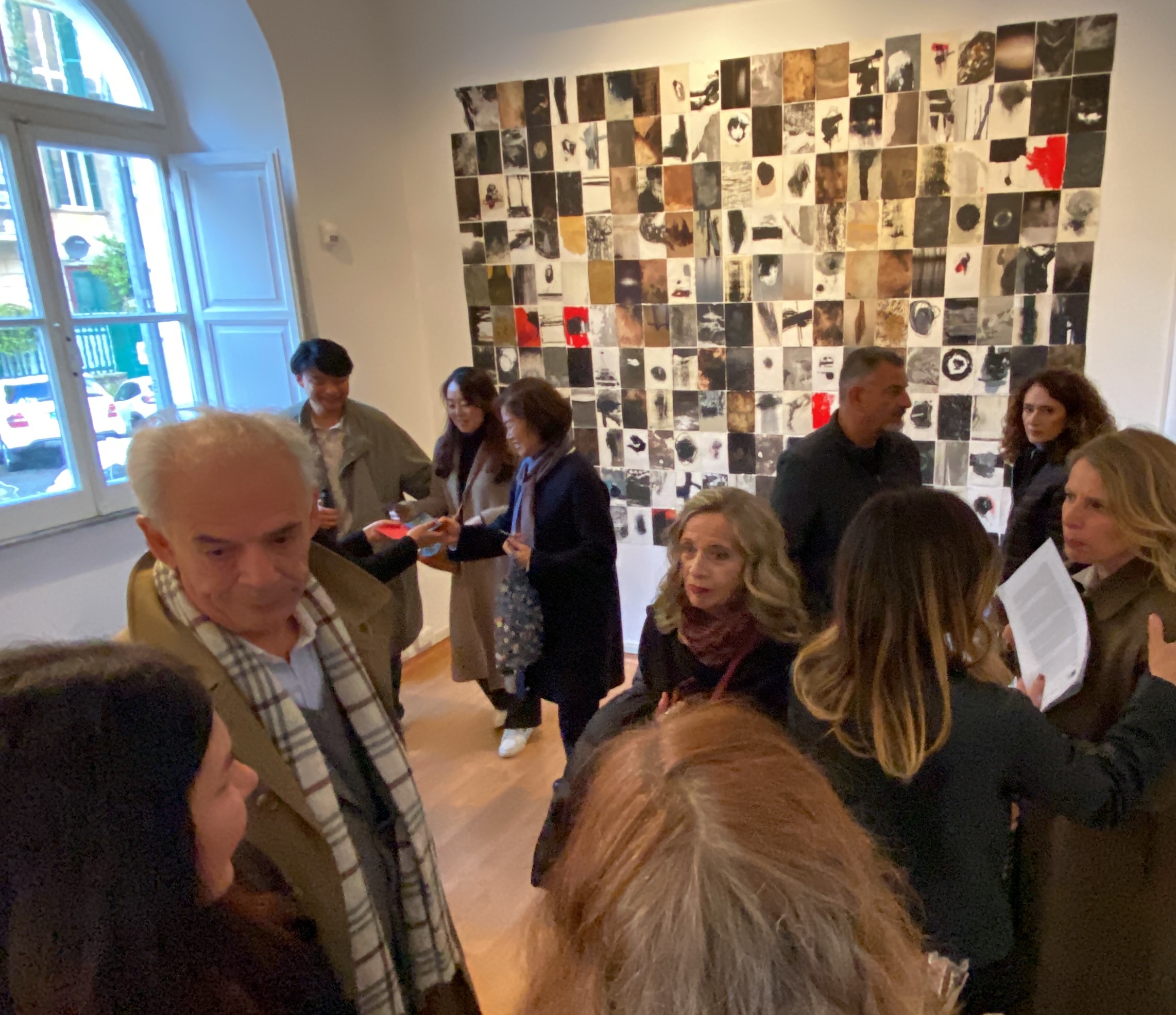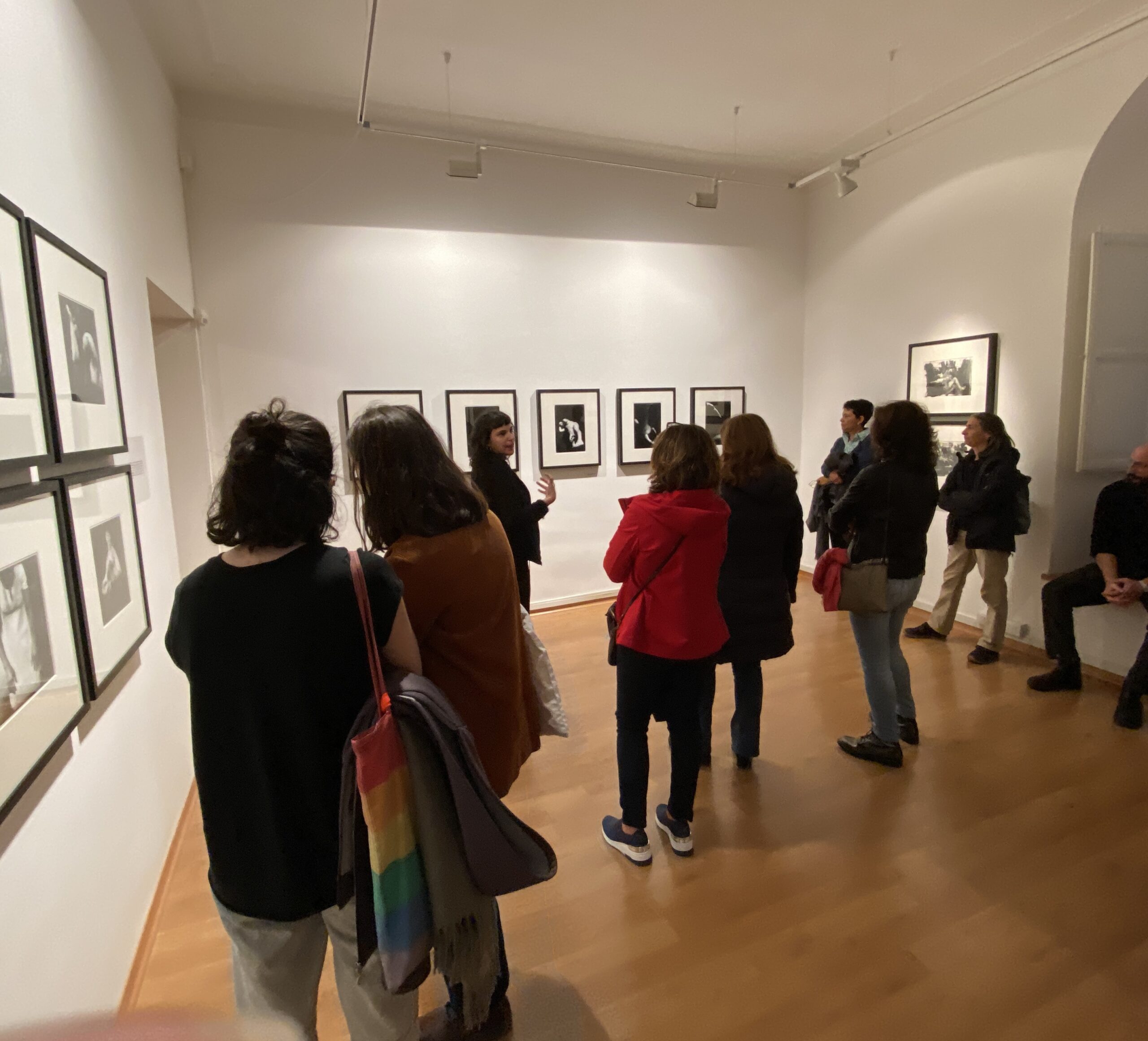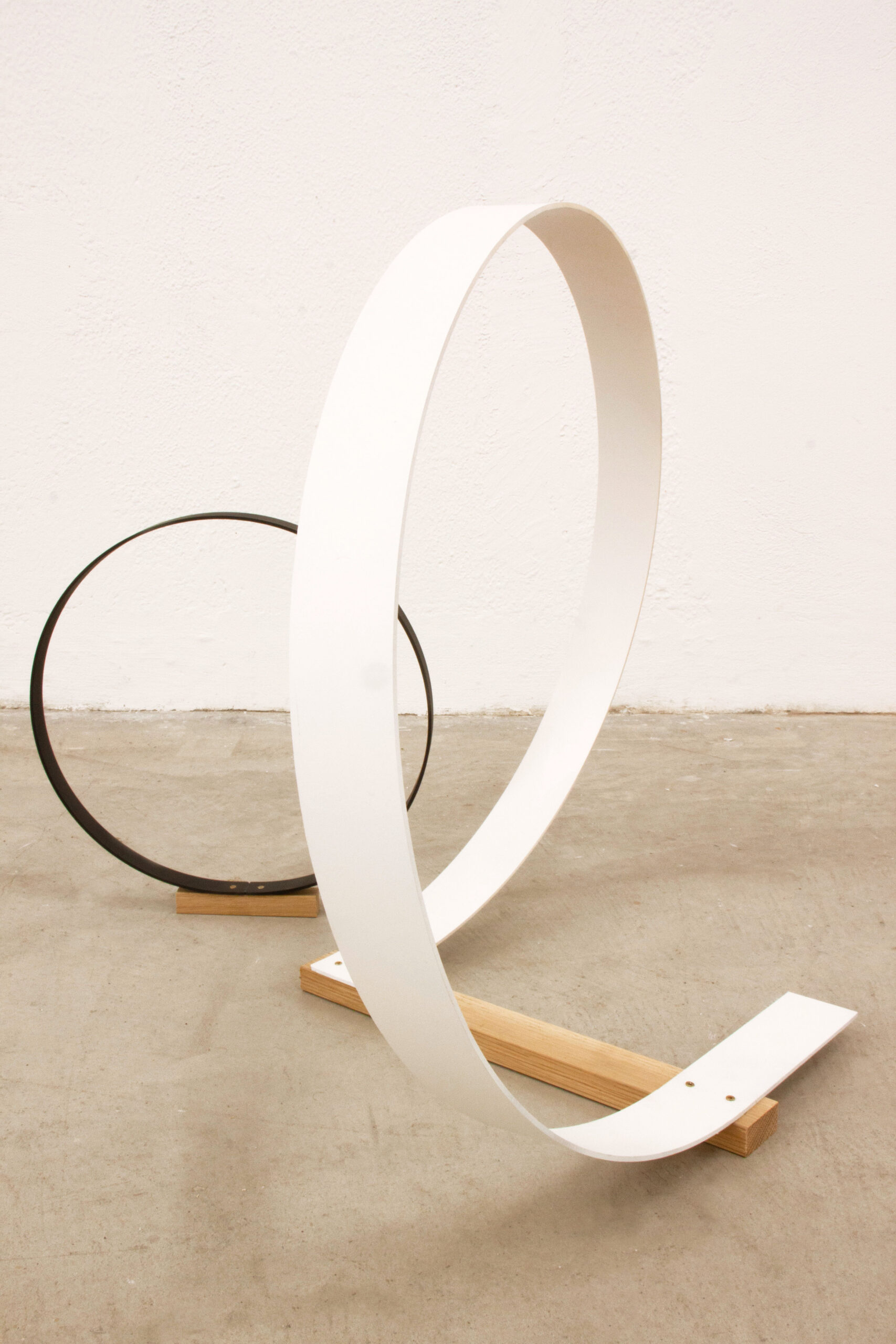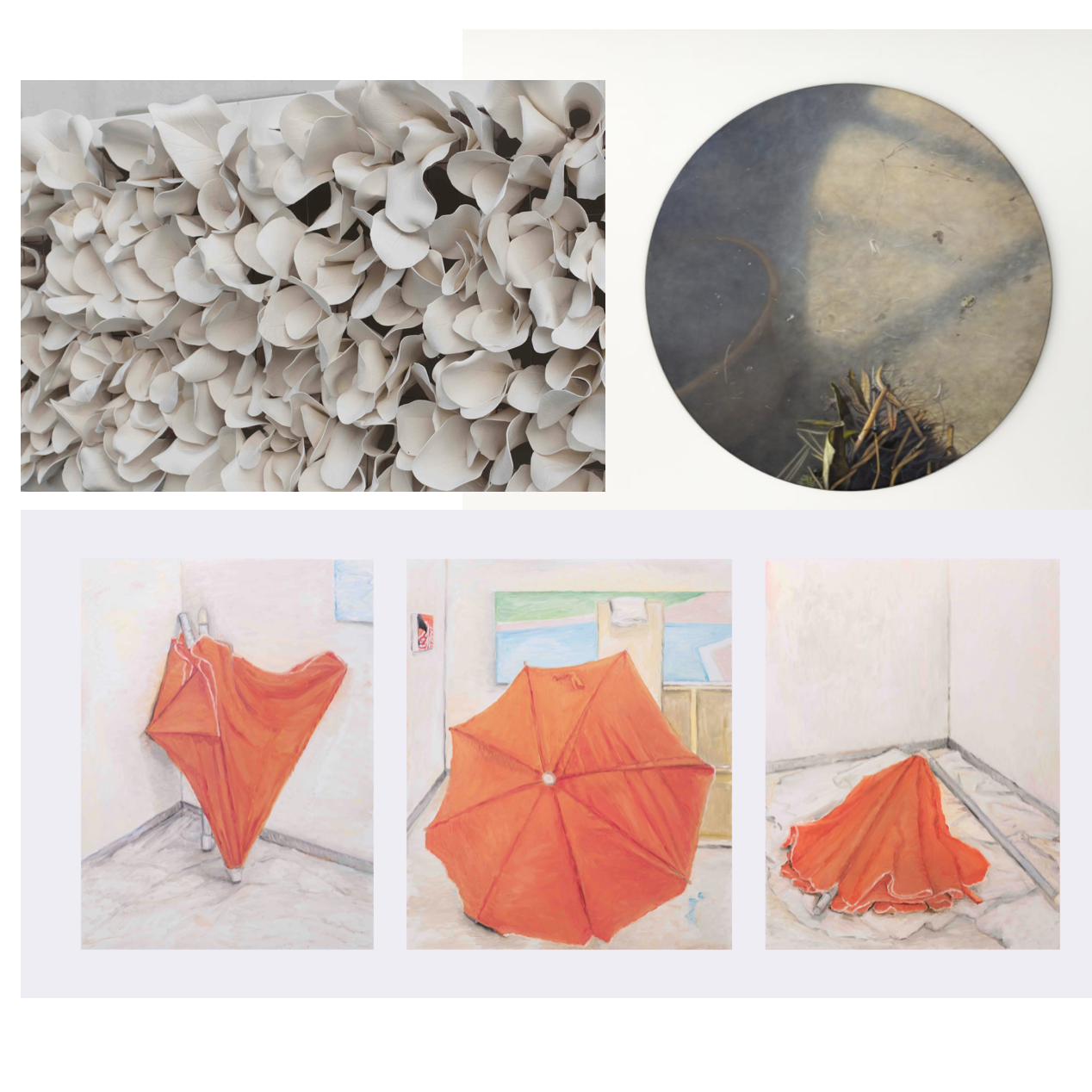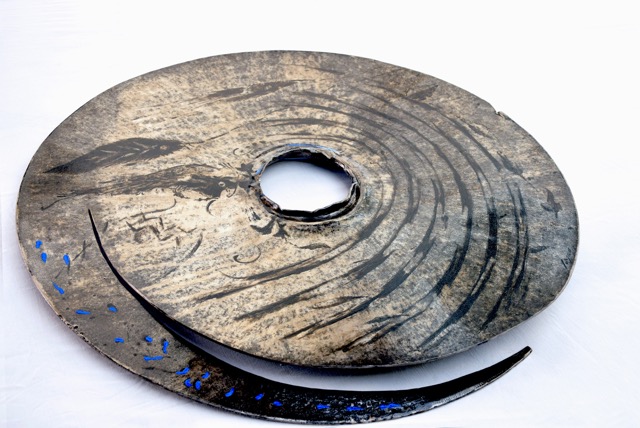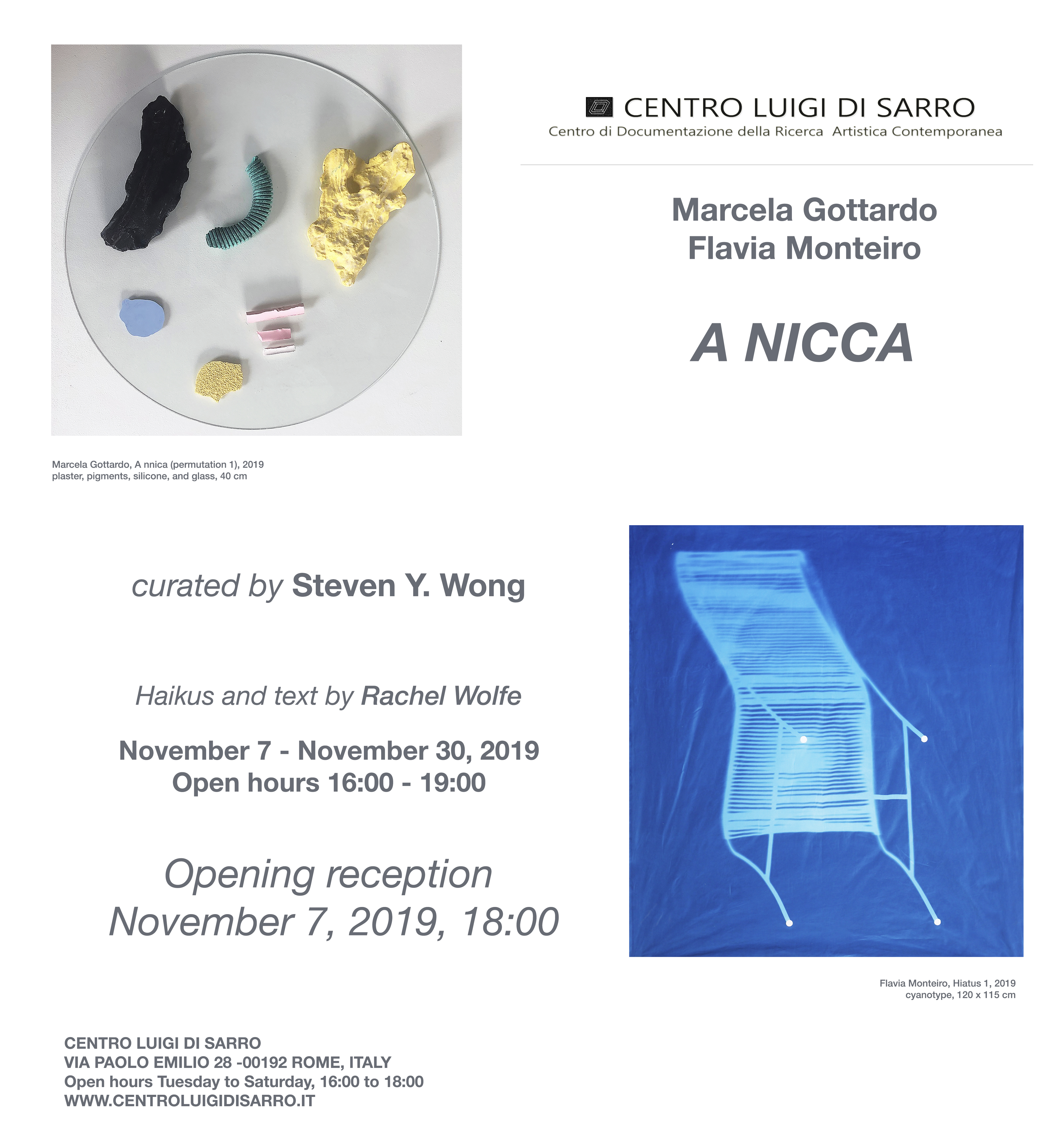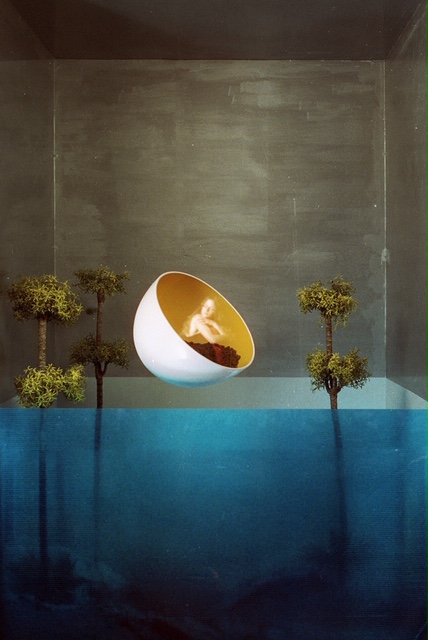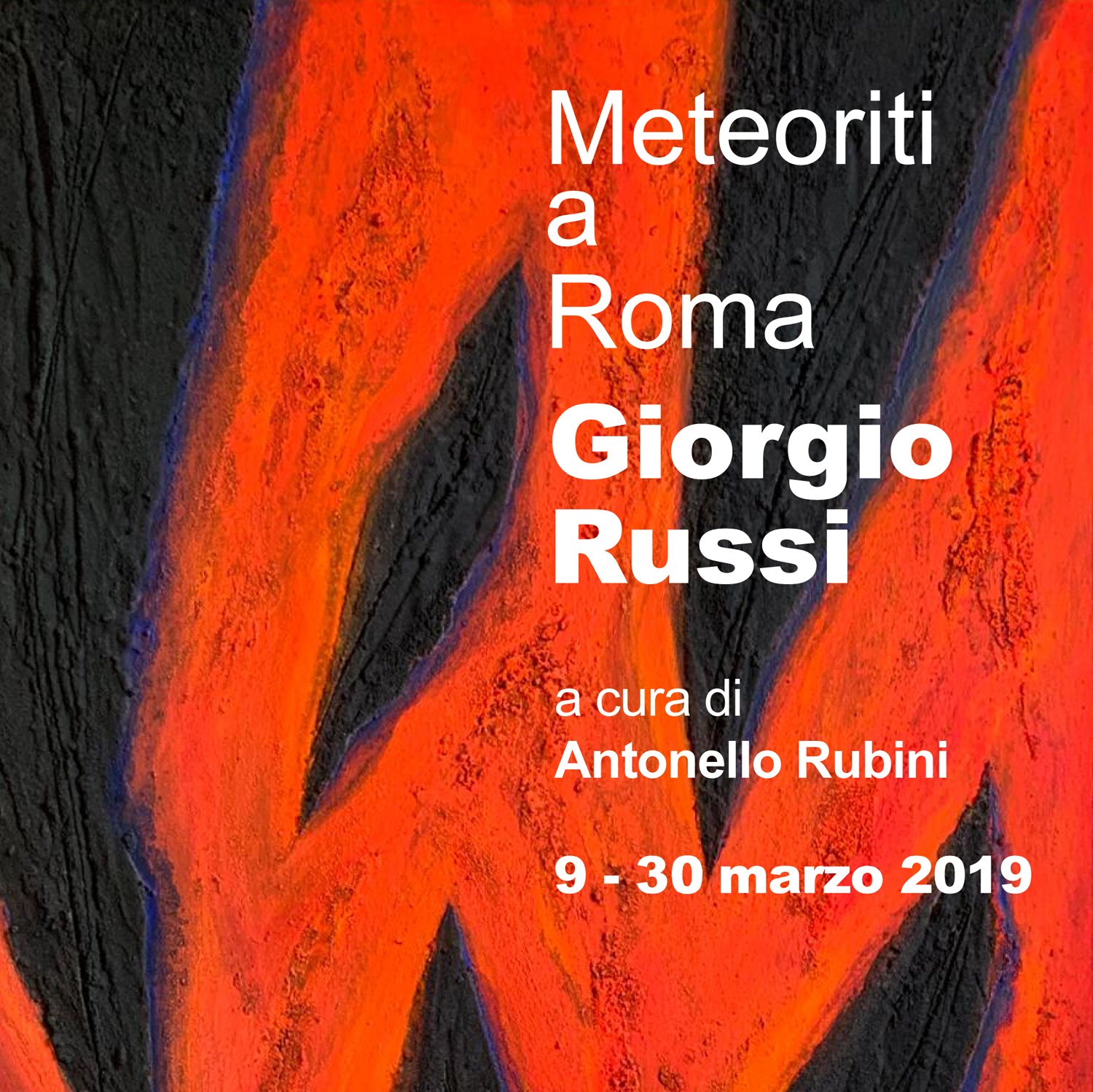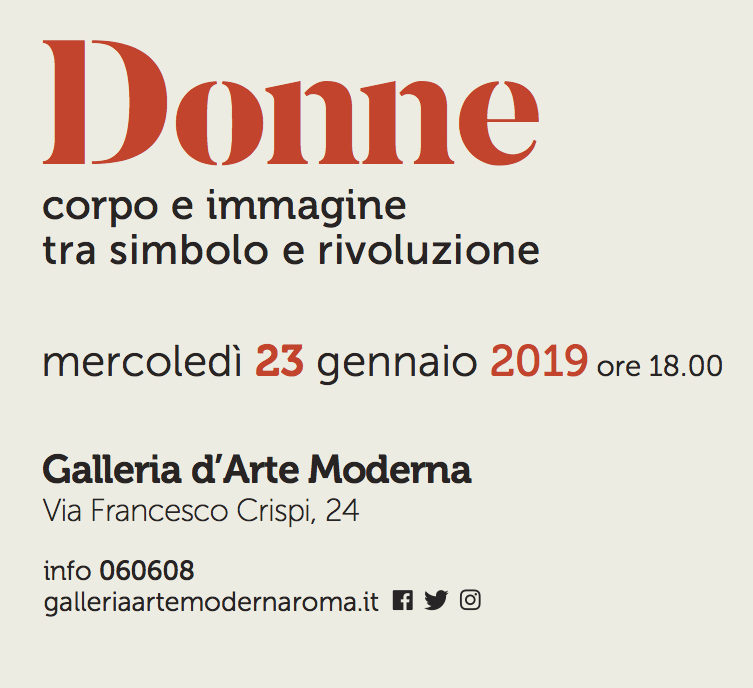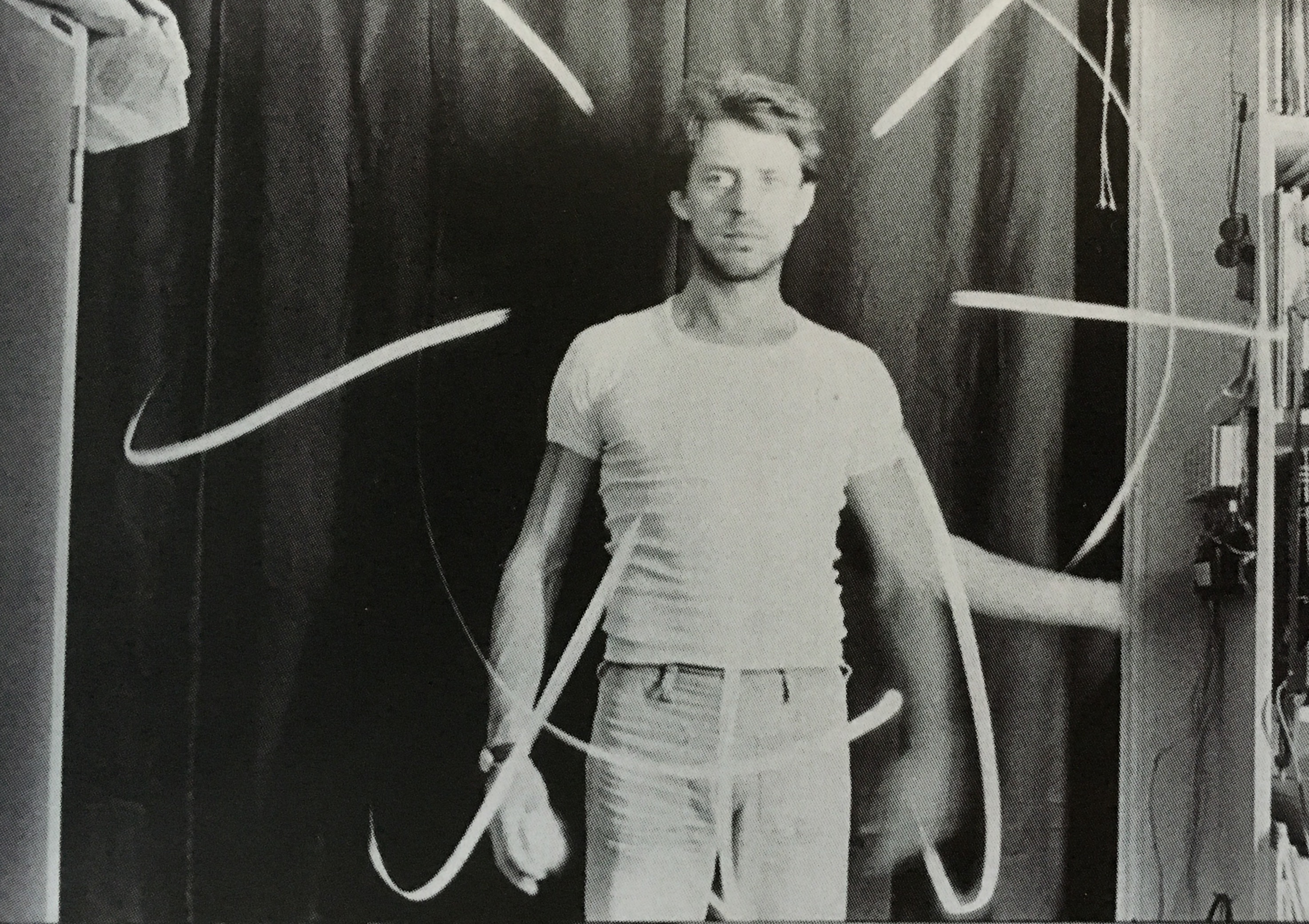Opening 15 Aprile h.18,00.
Four women with different life stories, four artists with various and stratified cultural roots, a choral work that joins the personal and interdisciplinary research of each, thus identifying a common path, in themes, poetics and in the dialogue of practices. A project that ranges between different materials and mediums, but which gives us a unitary thought on the contemporary.
CROSSING BORDERS is a creative dialogue between Karmen Corak (Slovenia), Fariba Karimi (Iran), Gianna Parisse (Italy) and Claudia Hyunsook Son (South Korea), which culminates in a large wall made up of 273 works, assembled by the four artists according to a of visual assonances.
Gianna Parisse writes on behalf of the group: “The project stems from the desire to work together, to formulate a collective project by four female artists of different nationalities, at a time when separations, walls, wars and violence annihilate the our daily life and everything seems to fall into the abyss.
This common work, in the feminine, is expressed with a collective artifact that is made up of small works on paper, an emotional manifesto of combinations and synergies and in the presentation of single works that in a dimension closer to reality, align with the need to defend what is most fragile. Starting from the links between the dominion over nature and its exploitation and the oppression of the fragile and of women with their submission”.
The project is carried out under the patronage of the Slovenian Embassy in Rome and the Korean Culture Center.

Karmen Corak
Murska Sobota, Slovenia, is an Italian artist living between Venice, Rome and Marseille. She studied Graphic Arts in Croatia and Paper Conservation in Italy, Japan and Austria. Photography became very soon her expressive medium, she attended workshops with Rinko Kawauchi and Hans-Christian Schink. She was invited to group and solo exhibitions in Croatia, France, Germany, Japan, Italy, Russia, Slovenia, Spain, Hungary and the USA, receiving international awards in Fine Art Photography in Paris, Malaga and Berlin. Her works are in public collections in Italy, Slovenia and Japan. She developed contemporary art exhibition projects for public and private institutions. Her photography records the constant flow of things and gives them another order of existence. The particular choice of the paper support elevates its aesthetic qualities and its ability to evoke an exile from reality and dislocate it in other sphere of perception.
Gianna Parisse
Rome Italy. Architect, artist with PhD in Architectural Design. She founded the Roman section of Studio Archea, conceiving architectural research from theoretical and design point of view as a relationship between art and architecture. More recently she graduated at the Academy of Fine Arts in Rome in Painting, with a specialization in Technology of paper materials. She participates to exhibitions in Italy and abroad. Reflections on the terrestrial and celestial landscape, on the cartographies, on the perceptive and physical phenomena in which we are immersed, are accompanied by transformations, dissolutions, disappearances of things and nature, or rather circular thoughts between life and death, time and memory. The medium could be different from time to time, from paper and self-produced natural colors, digitally processed images, photography, to shooting with a scanner. Although the paper support, a living, sensitive, impressionable material, is always present.
Fariba Karimi
Tabriz, Iran. Since 2009 she lives and works in Rome. She was trained at the High School of Art in Tehran and graduated in Painting at the University of Art in Tehran, in 2006. Later in 2014 she graduated in Painting at the Academy of Fine Arts in Rome. Since 2003 she has participated to numerous group and solo exhibitions and various artistic events in Iran, Italy and abroad. Her abstract painting comes from the depths, from a mysterious and hidden world, whose contents she draws on through the mediation of the sign. Fast and incisive. A poetic tale derives from it, a lyrical language that takes shape in new forms and new writings. More recently, the incisive graphic and pictorial signs furrow the photographic images of fragments of her body, as if to recall the cancellations that are inflicted daily on Iranian rights and women.
Claudia Hyunsook Son
Graduated in the Pedagogy of Art in Seoul, she went on to complete a specialization in Art Education and degree in Painting at the Academy of Fine Arts in Rome, as well as a masters in the Cultural patrimony of the Church at the Pontifical Gregorian University. She has taken part in numerous solo and group exhibitions in Europe, Asia and the United States of America. She lives and works in Rome and Seoul. Her art creates images in the space where the cultures of the East and West meet. As she works, she experiments with different technique sand methods to add to the physical images the motives that are her inner inspiration. Her images renew them-selves through time, transparency and emptiness, so that through movement the journey of consciousness become endless.

